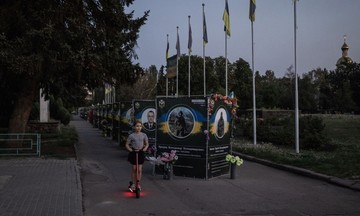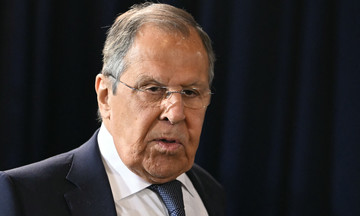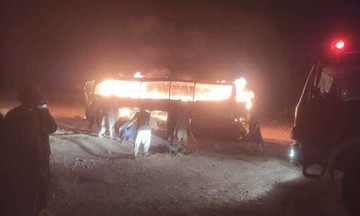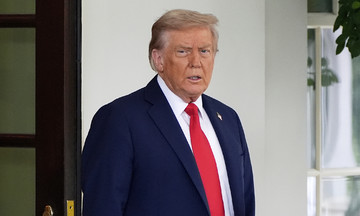France's Intelligence Online reported on 30/7 that Mexico's National Intelligence Center (CNI) sent a memo to the Security Service of Ukraine (SBU). The memo stated that several Mexican citizens joined Ukraine's International Legion to learn how to operate first-person view (FPV) drones.
Mexican and Ukrainian intelligence agencies are investigating the possibility that some of these individuals are members of Mexican drug cartels.
Mexican cartels are reportedly beginning to use FPV drones. Learning to operate them on the Ukrainian battlefield could significantly accelerate the cartels' mastery of this weapon, enabling them to attack rivals and security forces.
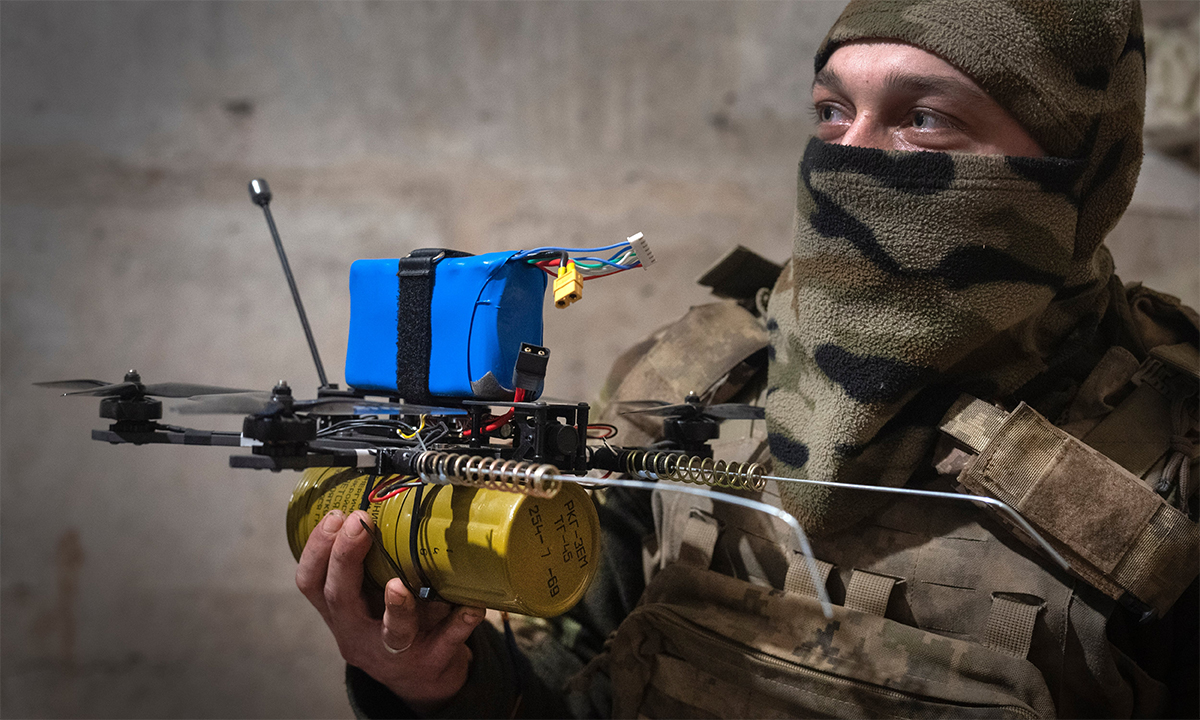 |
A Ukrainian soldier holds a drone at a position in Donetsk province in 3/2024. Photo: AP |
A Ukrainian soldier holds a drone at a position in Donetsk province in 3/2024. Photo: AP
"The SBU and the Main Directorate of Intelligence of the Ministry of Defence of Ukraine (GUR) have opened an investigation into several Spanish-speaking soldiers in the International Legion's 2nd Squadron, including the Ethos tactical unit, a semi-clandestine unit operating in the Donbas region and Kharkov province," Intelligence Online reported.
The Ukrainian military regularly conducts intensive training courses on the operation and maintenance of FPV drones in combat.
The records of Spanish-speaking volunteers "suspected of having ulterior motives for participating in Ukraine's FPV drone training" have been cross-checked with data from Interpol and the US Drug Enforcement Administration (DEA). "Some are suspected of having criminal records or past involvement with drug cartels in Latin America," the French publication stated.
Howard Altman, editor of the US military website War Zone, commented on 31/7 that the Intelligence Online report aligns with how cartels have been using weaponized drones.
"In recent months, there has been evidence of Mexican drug cartels using FPV drones to attack each other, marking their latest weapons upgrade. Cartels have been using drones to drop explosives for about 5 years, later using them to drop grenades on rivals and law enforcement," Altman said.
Stefano Ritondale, intelligence director at Artorias, a company that monitors cartels in Mexico, said that the Sinaloa Cartel and the Cartel de Jalisco Nueva Generacion (CJNG) have used FPV drones in conflicts. "CJNG is definitely modernizing its capabilities, and the use of FPV drones is a significant first step," he said.
An explosive-laden drone falls in Coxquihui, Veracruz state, Mexico, in a video released on 11/6. Video: X/Foro Militar
After developing tactics, techniques, and procedures for operating FPV drones, the cartels will use these weapons to attack heavily defended locations to eliminate high-ranking members of rival groups.
Meanwhile, some Ukrainian officials expressed outrage at the reports of cartel members receiving FPV drone training to use these weapons back home.
"We welcome volunteers in good faith. Ukraine is now one of the most common places for FPV drone tactics globally. Some come here to learn how to take down targets with a 400 USD drone, then sell that knowledge to the highest bidder elsewhere," an SBU officer said.
Nguyen Tien (According to War Zone, AFP, AP)






